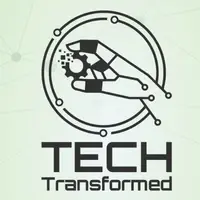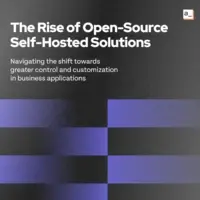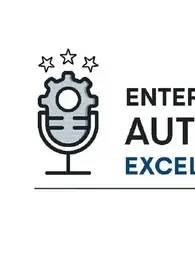The SaaS revolution has been good for businesses. Free from having to manage implementations, updates, and associated infrastructure, teams within organizations have been able to move away from traditional monolithic or legacy internal applications. They’ve adopted modern, highly-usable tools that are purpose-built for specific functions and processes.
These tools have improved productivity, but they’ve also accumulated quickly. With easy adoption, the number of SaaS products within companies has grown exponentially. The average SaaS spend has grown 53% over the past four years to $9,643 per employee.
While the SaaS market continues to grow, organizations are being increasingly cautious about their spend. Some tools can be removed entirely, but there are a number of core systems of record within organizations like ERP, CRM, asset and project management, that store critical business information. These solutions can’t be easily removed, and teams across a business need to access and interact with the information they contain as a part of their jobs.
We tend to think of the “build vs. buy” debate as a choice about how entire applications are developed. But there’s a middle ground that organizations can explore. Building custom extensions to enterprise “system of record” applications can give employees access to the information they need, and reduce seat licenses without disrupting important processes.
This guide walks through two specific examples of how the Appsmith low-code application platform was used to drive significant savings on enterprise software licenses.
Real world cost savings with enterprise app extensions
18 November 2024
2 min
36
1
Did you find the article helpful?
1
0
Recommended for you
Apple Ends AI Summaries Following False News Headlines


Tech Article
AI








